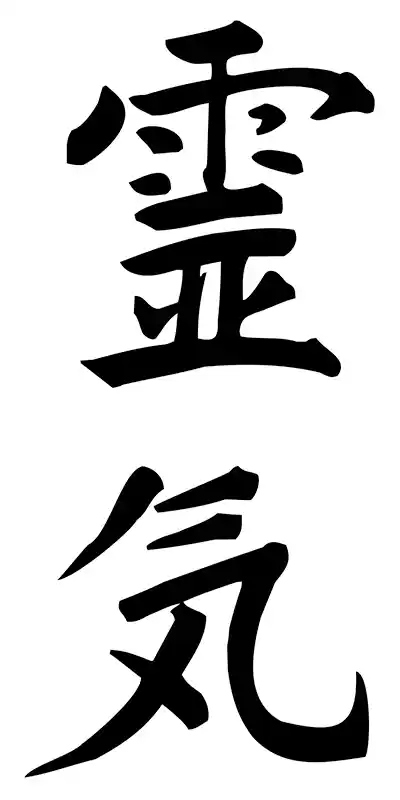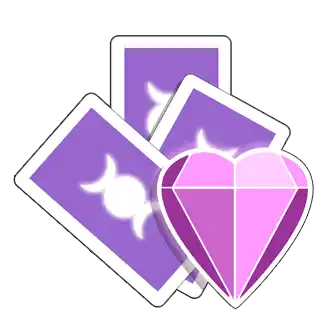The Reiki Kanji is something that has always intrigued me so therefore, I began finding out more about it. As a result, my self-healing journey and love of Reiki grows ever more intense. Here’s what I found!
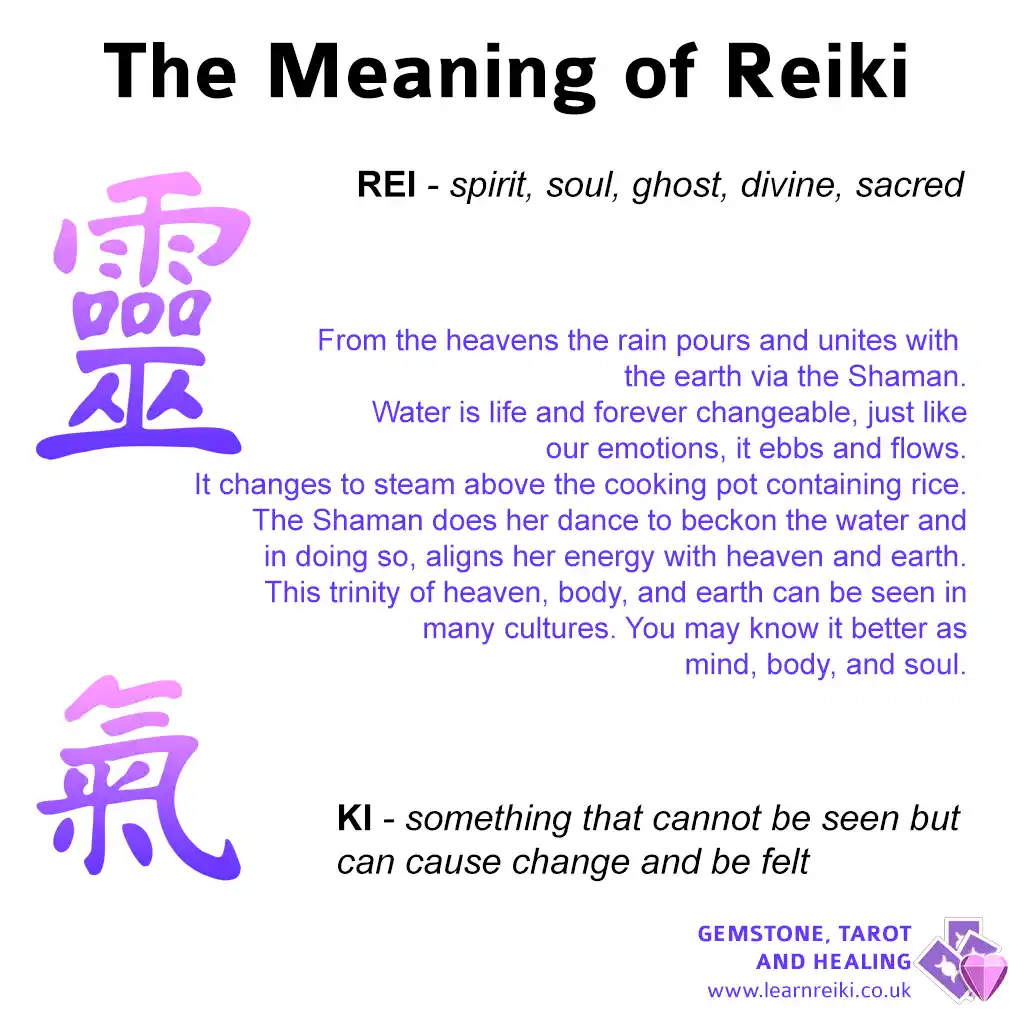
Kanji = a system of Japanese writing using Chinese characters.
The Japanese Art of Reiki
Recently and most certainly throughout 2024, my thirst for Japanese Reiki shows no bounds. As a result, I cannot express enough how much the practice of Reiki brings me home to my soul. Furthermore, understanding the art of Reiki, the Japanese way, cements my understanding of Reiki.
I began researching because I felt like I had hit a wall especially with wanting answers such as how do the symbols actually work. None of my books were telling me. Of course, there’s so much information out there about what the symbols are and what they do, but it is all basic.
What is the significance of the symbol, i.e. why does it look the way it does?
How and why does it work?
Simply trusting and believing in the flow of Reiki wasn’t enough to sate my thirst for knowledge.
If I’m to teach the importance of self-healing, I want to ensure that I fully understand why we do things in a certain way. Moreover, by expanding my knowledge base, not only do I improve my practice of Reiki, I most certainly feel the benefits. As a Reiki Master, I believe that it’s important that I share my wisdom and knowledge with my students.
I’m actually quite astounded about how little I knew of tradtional USUI Reiki.
Three Energy Centres, Not Seven!
Mikao Usui wasn’t practicing or teaching about the seven main chakras that most of us are taught today. Like myself, you were probably taught about the Indian chakra system and while it is a good fit with Reiki, this is not what Mikao Usui taught.
In Japanese Reiki, instead of seven energy centres, (yes, I know there are more chakras), there are just three ki (energy) points.
- Heaven Ki
- Heart Ki
- Earth Ki
If you would like to learn more about this, please read my Three Diamonds of Reiki: Enhancing Your Practice post.
Now I’m taking my research further by discovering the meaning of the Reiki Kanji. As a result, everything is slotting into place nicely.
As with the Three Diamonds or Heaven, Heart, and Earth Ki, balancing all three bodies is the foundation of our healing. Heaven is united with earth via our body. Consider this as harmonising the mind, body, and soul.
The metaphor of a diamond is used to represent each ki and if you polish it, work on it, you clear away the mud.
Discovering the Meaning of the Reiki Kanji
Discovering the meaning of the Reiki Kanji, totally blew me away. Feelings of awe and wonder consume me, and I cannot stop smiling. It’s almost like tapping into the magic of source energy while yet again, beginning a new journey. Again, we see the concept of reuniting heaven and earth via the body, which is clearly displayed in the Reiki kanji.
There is a wonderful article written by Colin Powell and Pamela Miles that looks at the evolution of the term Reiki in Japanese language. My findings are based on what I have read here, and I highly recommend you reading it by visiting Reiki in Medicine.
Understanding REI
I have decided to use the pre 1940’s Rei Kanji for this article as I believe you can see more clearly the different elements.If you scroll down to the bottom of this page, you will see the modern Reiki Kanji.
Rei can be translated as, spirit, ghost, divine, sacred, and soul. I also know that a lot of people also use the word, universal.
The language of Japanese is not easily translated into English hence why so many different words can be used. However, they all mean the same thing. Another example is, spiritual.
REI Kanji
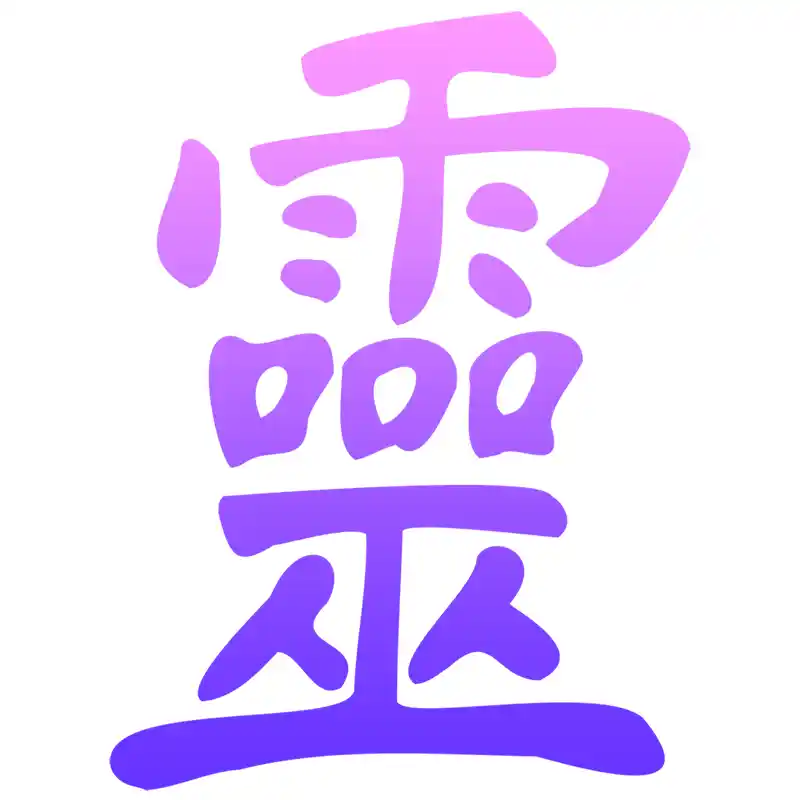
REI Kanji
Starting at the very top stroke, this horizontal line represents heaven and the line below, represents the veil between the earth and heaven.
We then see four strokes that represents rain. Underneath the rain we can see three mouths or containers to catch it. There are three containers because they represent the mind, body, and soul that is rejuvenated by the rain.
This is where it becomes further fascinating.
The final part of the Rei Kanji is representing the shaman or witch, doing her work to call for the rain. I have a thing about natural witches using freely available resources to do their healing work.
Shaman, Wu or Witch
Colin Powell’s article shows the original drawing of a Wu that depicts two people praying.
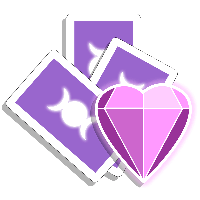
“We can see the work the two people are doing is praying or dancing. Further, the two people shown are mirror images and may represent that it is necessary for the shaman to balance her dual human nature (spiritual and material) in order to perform the work of praying for rain.”.
– Colin Powell – Reiki in Medicine
Spiritual Significance of Water
In a lot of cultures, water is one of the magical elements and of course, we require it to survive.
Water ebbs and flows just like our emotions, and it can also change form i.e. ice, steam, fog, mist etc. Therefore, it is adaptable to our needs. In addition, water is a powerful commodity that not only sustains life, but also has the power to shape and dissolve objects. We can also create energy from the powerful flow of water.
Understanding the Ki Kanji
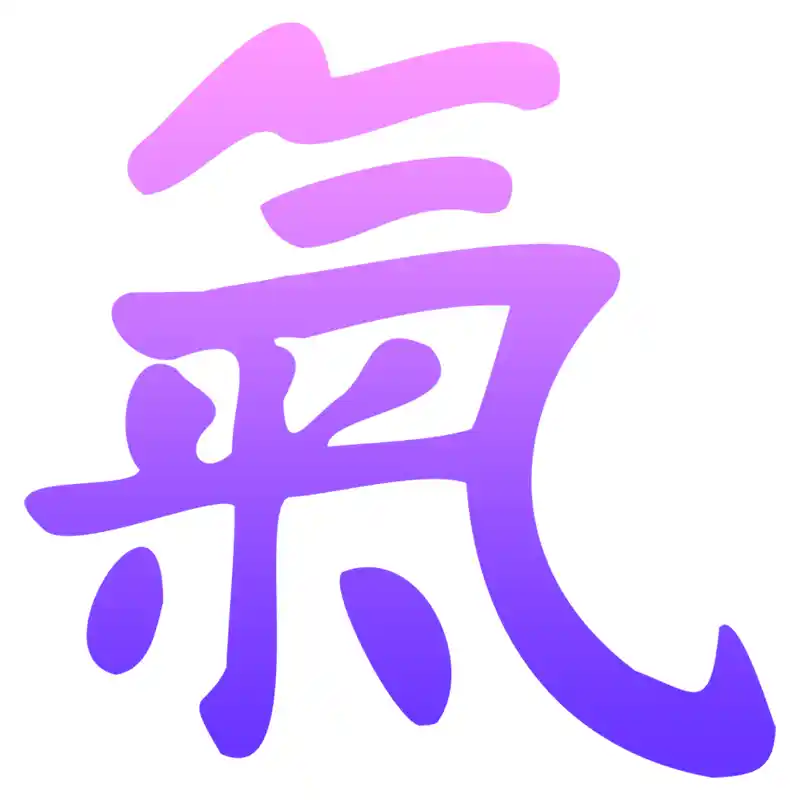
Starting at the top, we see three lines representing ki. In this case, it is the steam off the rice being cooked. The bottom part of the Kanji is the rice.
Although we cannot see energy or ki, we can most certainly feel it.
This shows how through the body of the shaman, we unite heaven and earth as rice represents the earth.
Of course, in Reiki our objective is to balance and harmonise all three bodies, mind, body, and soul.
I hope that this article assists you with understanding the essence of Reiki more. If you would like to learn Reiki with myself, then please get in touch.
